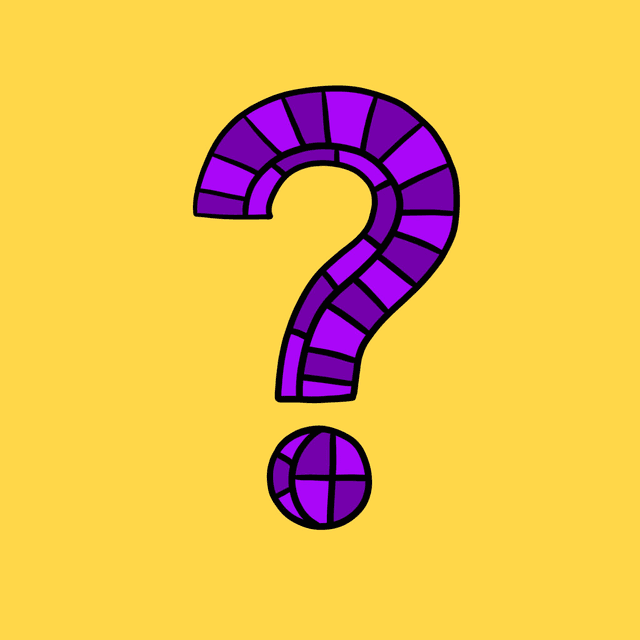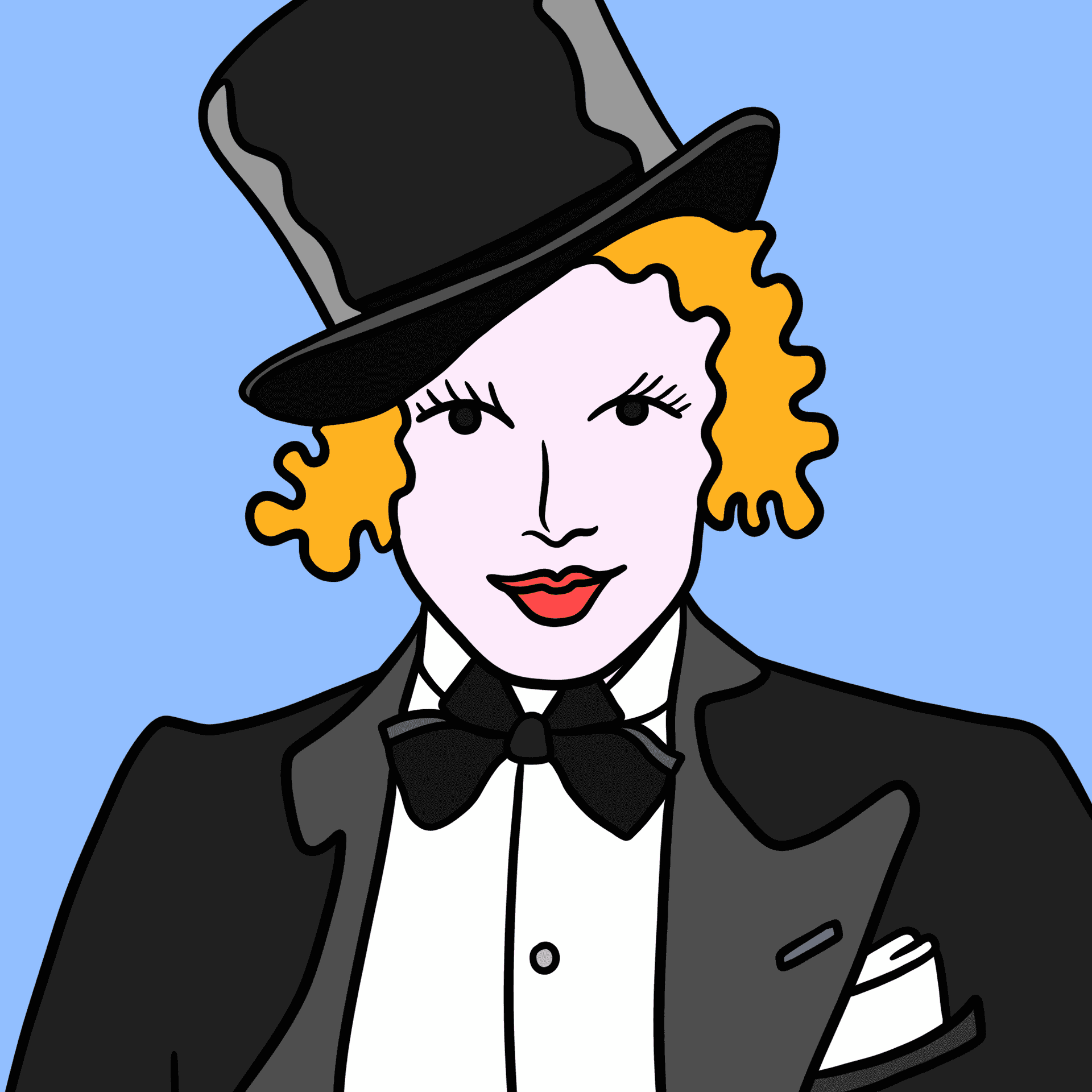Sections
Latest
Let's learn how to ask why, when, where, how, etc. questions, in German.





Imagine that you are on a date; on a date with Marlene Dietrich.

You want to get to know her, and would like to ask her some questions!
But how?
In this lesson, we'll learn some important question words and phrases.
Let's start!
Take a look at the vocabulary table below:
These are the important w-question German words. You will often need them, to ask questions. But how can we use them?
To learn how to use these words, we have to turn our attention to some German Grammar rules. Usually, a basic w-question uses this sentence construction:
Here are some example questions, using this construction:
These questions are pretty simple and straightforward.
Now, let's add a direct object to the sentence.
Usually, a w-question that includes an object uses this sentence construction:
Here are some example questions, using this construction:
Use the word picker below to build full sentences, with the sentence constructions we have just learned:
How about questions that do not begin with a w-word? Such as: 'Do you have siblings?', or 'Do you enjoy watching films?'. The sentence construction needed to form these yes-no questions is pretty straightforward.
We have covered this particular sentence construction in our lesson on German sentence structure
To form a yes-no question, we can just take the default sentence structure and swap the positions of the subject and verb around, so that the conjugated verb is at position 1 and the subject noun is at position 2.
Here is an example of a sentence using the default sentence structure:
And here is the same sentence as a question:
Have a look at the sentences below. Try to reformulate them as questions.
Click the grey bars to reveal the answers.
Well done! 🎉
You are forming questions in German!
Now, with these two important sentence constructions and the w-words we have learned so far, let's go on a date with Marlene Dietrich!

Let's practice how to ask questions in German, with a short example dialogue.
First, read through the dialogue. Take your time. Next, listen to the audio recording, without looking at the text. Are you able to understand it?
If you need some help, click on the blurred lines to show english translations of the questions and answers.
Well done! 🎉
You have completed this lesson! When you are ready, head over to the next one: At The Zoo.